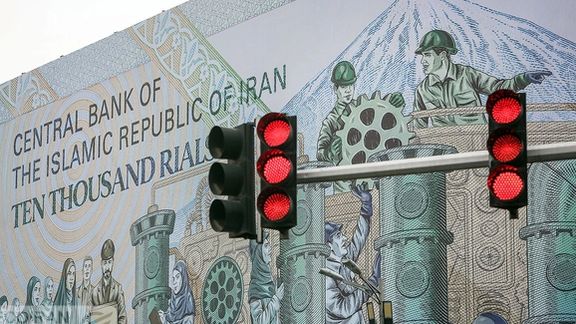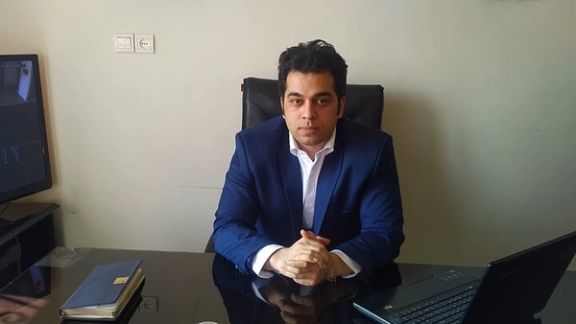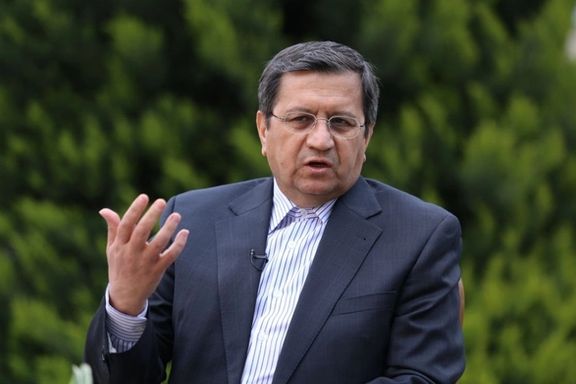Iran’s Economy Is In Too Much Trouble For Half-Measures To Work

Iran’s battered currency has risen by more than 10 percent since early May on hopes of a foreign policy breakthrough, but the economic fundamentals remain bleak.

Iran’s battered currency has risen by more than 10 percent since early May on hopes of a foreign policy breakthrough, but the economic fundamentals remain bleak.
The rial this week broke through the important psychological barrier of 500,000 against the US dollar, as several media reports spoke of secret contacts with the United States to reach a sort of an interim agreement that would unblock more than $15 billion of Iran’s frozen funds.
The US denied the reports of a deal on Thursday, although it did not reject reports of ongoing contacts. Tehran’s currency market was officially closed on Friday, so the impact of the US announcement, if any, will be felt on Saturday.
Commentators speaking to local media in Tehran said that releasing even $20 billion will not affect the fundamentals of a weak economy and would represent a temporary respite from the pain of oil export sanctions.
Sajjad Burbur, an Iran-based economist, speaking to the reformist Aftab News website Friday warned of the fast-galloping money supply in the country and predicted that eventually the rial can fall further, reaching 700,000 against the US dollar.

Burbur argued that the Islamic Republic has no means of addressing the economic crisis except “therapy talk”, meaning trying to put a good face on the state of affairs and present exaggerated or fake news.
He argued that the government continues to print money to pay its bills, and this will inevitably devalue the currency. “In 2018, the money supply was less than half of all liquidity, but now it is far more than that. All factors that help the dollar rise against the rial have converged together,” he pointed out.
With far less oil export income because of US sanctions, the government continues to print money and makes daily statements to calm the markets.
Promises of close economic cooperation with Russia and China and hints of talks with the United States are designed to boost confidence in the economy, but experts point out that these will not have a lasting impact and economic fundamentals will have the last word.
With annual inflation approaching 70 percent, affording housing and food has become impossible for millions of families.
Housing specially has risen more than ten-fold in the past five years, while salaries have increased at most five-fold.
Owners see their property as a hedge against inflation and adjust prices and rents according to the value of the US dollar, while people’s income is far less.
The average price for one square meter of an apartment in Tehran is around $1,000, roughly the same as in 2018 before the rial bean to fall. People are migrating out of large cities and commuting long distances just to afford rents.

The former chairman of Iran’s central bank, Abdolnasser Hemmati, in a tweet on Friday asked President Ebrahim Raisi why real estate inflation numbers have been withheld by the government in the past five months.
“Do you know anything about how much rents have gone up?” Hemmati asked the president.
Some people hold a full-time job just to pay the rent, while either they or their spouses must work a second job just to afford food. The average worker has a monthly salary of $150, down from $220 last year when the rial was higher at around 300,000 to the dollar.